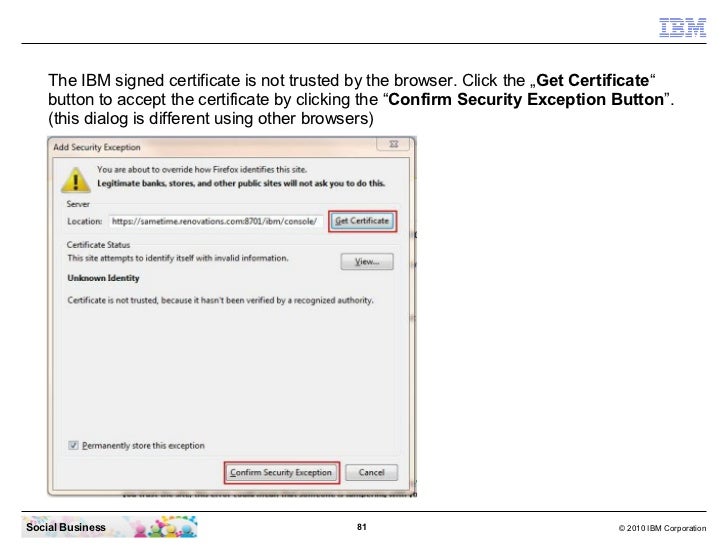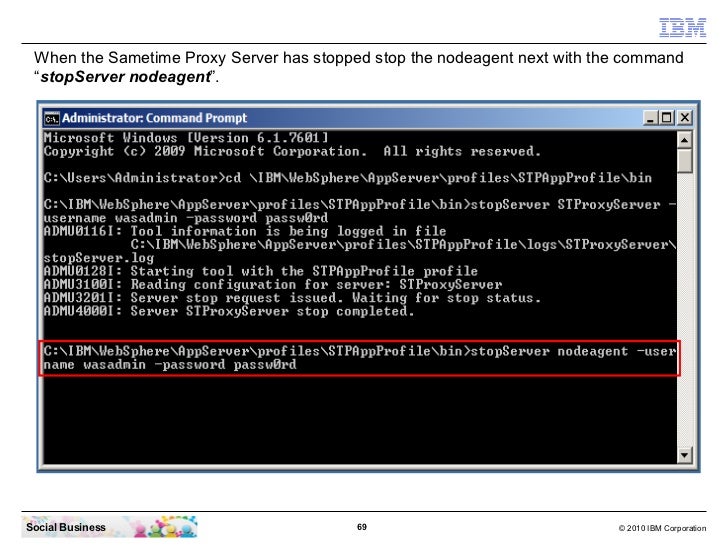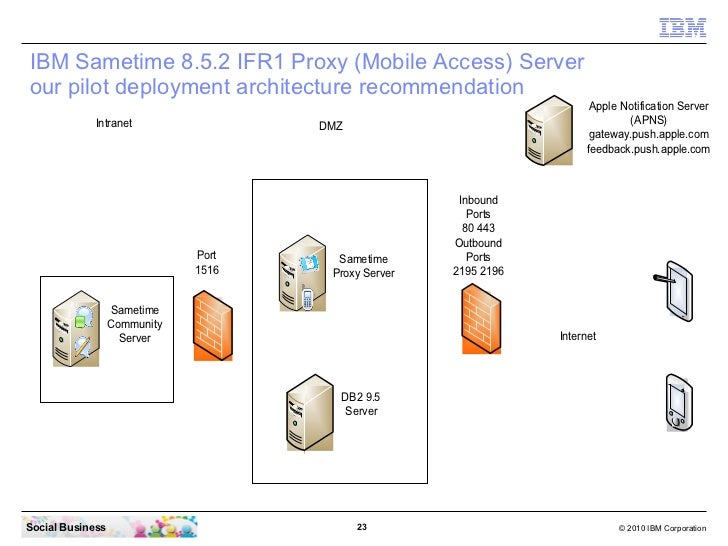

by surfacing IBM Sametime capabilities into the target application.by surfacing the application into an IBM Sametime plug-in.Sametime integrates in either of two ways:

When within the context of real-time communications, this is often referred to as Communications Enabled Business Processes. Platform support, APIs and application integrationīecause IBM Sametime is middleware, it supports application and business process integration. The product is shipped with the following connectors: Virtual Places, SIP, and XMPP. The IBM Sametime Gateway platform is based on IBM WebSphere Application Server, which provides failover, clustering, and scalability for the IBM Sametime Gateway deployment. IBM Sametime Gateway replaces the Sametime Session Initiation Protocol ( SIP) Gateway from earlier releases of IBM Sametime.

IBM Sametime Gateway connects IBM Sametime instant messaging cooperate communities with external communities, including external IBM Sametime, and public instant messaging communities, such as: AOL, AIM, ICQ, Yahoo, Google Talk, and XMPP. IBM Sametime Gateway provides server-to-server interoperability between disparate communities with conversion services for different protocols, presence information awareness, and instant messaging.
LOTUS SAMETIME CONNECT 8.5.2 CLIENT SOFTWARE
It is sold by the Lotus Software division of IBM.īecause IBM Sametime is middleware, it supports enterprise software and business process integration ( Communication Enabled Business Process), either through an IBM Sametime plugin or by surfacing IBM Sametime capabilities through third-party applications. Those capabilities include presence information, enterprise instant messaging, web conferencing, community collaboration, and telephony capabilities and integration. IBM Sametime (formerly IBM Lotus Sametime) is a client–server application and middleware platform that provides real-time, unified communications and collaboration for enterprises. Instant messaging, web conferencing, unified communications Please improve this article by adding secondary sources or tertiary sources. This article relies too much on references to primary sources.


 0 kommentar(er)
0 kommentar(er)
